Vineyard Tours
Discovering the Best Vineyard Tours on the Grape Escape
A glass of wine can be a fantastic experience as it awakens all of our senses and the colour, taste and texture of a wine might not be as important to those who are not connoisseurs but it certainly matters to those who are.
The first sight of the wine is studied with colour, shades and tones and then there is the smell of the aromas which will let your other senses know that something good is about to happen, finally the taste of the wine on your lips and tongue will tantalise your taste buds and get the rest of your body to feel.
This is the glass of wine that I am talking about, but it is not only about wine and what it tastes like it is important to a connoisseur to know the origin of a wine, where the grapes were farmed, what soils were used as this makes a big difference to the taste and finally how the wine was fermented.
For the average wine drinker this information might seem a little dull and boring, but it is an interesting learning curve as there is so much history that goes into the making of wine.
Visit the Vineyards
A visit to a vineyard is really an experience rather worth it, as it will open your eyes and the next time that you have a glass of wine you will experience it in a very different way.
The vineyards are the roots to a good glass of your favourite wine and doing a tour to the vineyards where your favourite wine was made, is an adventure that cannot be explained as you have to explore it for yourself.
And once you do, it might spoil you because taking a tour to a vineyard and winery is a peaceful and tranquil experience.
Not only due to the fact that it is an escape from our busy lives, but being in the environment with golden green blanketed landscapes that sparkle when the sun’s rays reflect on each and every grape.
With the breeze that sends along a whiff of fruity air that you can almost taste in your glass, and being surrounded by buildings that have stood the test of time, and perhaps survived through the middle ages and wars is something extraordinary to set sight on.
As the centuries of winemaking families that have passed their traditions through for generations and generations, are there today to give you a tour.
Not only is the tour about how they make the wines it is a story of determination, patience and hard work as most continue on to hand harvest their grapes, and some have modern technology and oenologists that can tell you things about wine that you never ever would have even thought about.
A tour to a beautiful vineyard is a great idea for those are interested in history, wine and magnificent landscapes.
There are so many tours to do as there are vineyards all over the world and not only one, but many that compete with each other, striving to be the best of the best.
Now that you are aware of the beauty and picture perfect scenery that goes into making wine, let us explore the best options to entice you to go and visit one or all of them so that you can experience this glorious splendour on your own.
The Root Trip and Best Vineyard Tours to Explore
France
We will start our journey through the vineyards in France as some of the oldest vines are there and because this is where the classification of wine began with Emperor Napoleon 111’s “Grand Cru Classe” classification system of 1855.
Visiting France and going on the wine route is an opportunity to really gain insight and an appreciation of wine as the amount of land used here to grow grapes is vast and the quality of wine produced is incredibly good.
The Bordeaux region extends on either side of the Gironde River and Bordeaux city with sub regions and appellations.
There are many tours to do as most of the vineyards have wineries and Bordeaux has a tourist office that will guide you on the right path offering tours to the best vineyards.
Medoc is a region along the left bank of the Gironde River and it is known to be one of the best as it hosts the aristocratic reds, Chateau Margaux and many more.
Many of the wine estates in this area are all called Chateaus as they are all in chateaus with their magnificent architecture deriving from as far back as the 12th century.
South of the Bordeaux area is the Graves well known for their red wines, but as you go further down, whites are also harvested.
East of the Bordeaux is another red appellation, Saint – Emilion which is a must see on a vineyard tour.
Aquitaine is a very well-known region that borders Spain and the Atlantic Ocean, with its capital being Bordeaux, which is a port city on the Garonne River.
This region is known for its 18th and 19th century mansions with thousands of vineyards in its surrounding countryside.
The Gironde department has over 120 000 hectares of vineyard areas, making it the largest wine growing area in France and some of the most prestigious and expensive wines come from this region.
There are 54 appellations in the region and over 90% of the wines in Bordeaux are red, but they do have white as well.
Cabernet Sauvignon, Merlot, Cabernet Franc and Petit Verdot are the known grapes in the vineyards here and due to the soil content being rich in minerals as well as the weather conditions, this region is one of the best for vinification.
With so many to choose from, it would take days or even months to experience all of them and a great tour to do is one that gets you to a few of the best where you can explore the chateaus as well as have a guided tour in the wineries, a tasting and a meal.
The Bordeaux tourist office offers a tour to a few of the best estates and the itinerary is different each week with most of the locations in the appellations of Sauternes, Entre Deux – Mers, Fronsac, Lalande de Pomerol and Saint Emilion. It includes three visits with a tour and tasting and a lunch at the second estate.
Departure is at the Bordeaux tourist office at 9:15 am and ends at 18:30pm. The tour is bilingual in French – English, you can buy your tickets at the tourist office and although not each visit is a wine tasting you do get to hear see a lot of the vineyards; Chateau Rayne- Vigneau, Maison de Vins de Cadillac, chateau Carbonnieux in the Graves, chateau Cortade – Dubuc (Premierse Cotes de Bordeaux), chateau Bonhoste, chateau de Reignac, chateau La Dauphine, chateau Siaurac, chateau de Candale, de Ferrand, La Croizille, Haut – Sarpe and chateau Coutet in Saint – Emilion. The price of this tour covers transport, guide, tasting, visits and lunch.
Time is not always on our side and a suggestion when visiting the region is to find the tours that make the wines you love to drink as this will make it easier for you to get a few tours in and you will already have a relationship with the winery due to your passion for their wines.
When visiting these places most of them are by appointment only and the private tour lasts for about 90 minutes and will include a visit to the vineyards, the cellars, barrel rooms, vat rooms and most probably the chateau where you can explore the inside of a building that has been restored to its full glory when it was at its prime centuries ago.
Maps of the Bordeaux region can be found at the tourist office and this will guide you to where they are all located.
If you do decide to take a car and drive from the left to the right bank, be sure to take note that the driving time is approximately 90 minutes between each one and it would be no fun to spend the day in your car looking for places to experience.
There are times where it is not suitable to visit the Bordeaux and this is in January as the weather is cold and the chateaus take this time to blend their wines.
April is also not a good time to be there as wine traders are here at this time, leaving many of the chateaus unavailable to the public.
Harvesting is also not a great time to be at any estate as they are busy and do not have the time to give a tour which is a pity because that is definitely something to see.
August is also not the best time to go as many of the estate owners take their annual leave and the majority of the chateaus are closed. You also need to find out if they are open on the weekends because many of them are not.
April, mid October and November are the best times to visit a chateau as the harvesting, tastings and all the work has been done which allows them more patience and time for visitors.
By the end of November it does get very cold and would be rather unpleasant for a walk through a vineyard.
Making appointments is necessary and you need to allow yourself time to do the tour at each estate as well as getting to the next one.
Three to four appointments per day is a good number as it gives time to enjoy each one without having to rush through, skipping the enjoyable parts.
There is a zero tolerance for drinking and driving which means that you need to be cautious when visiting a few places if you are planning to taste each wine.
There are no rules about how to taste but there are buckets, spittoons and drains for those who do not want to drink each wine but should you choose to do this then be sure to book in at a chateau so that you can relax and enjoy your experience without having to worry about getting into a car drunk.
At the end of June the Bordeaux celebrates each new vintage with a festival, “Fete de la Fleur” which takes place in the city and it is a celebration worth experiencing.
Naturally harvest time would be a great time to see the vineyards and this is almost impossible as it is a very busy time for the farmers and when making the appointment to see their estate, you need to consider that the owners and staff are extremely busy at this time but a few might let you join in.
Most of the chateaus that have accommodation allow visitors to experience the harvesting, but it is a very rare occasion when they do.
With so many options to choose from and so much to do in the regions, planning your trip must be well thought out as Bordeaux is a huge city with many attractions and if time is not something that you have much of then the tour bus is a good idea or finding the makers of your favourite wines is an option that can save you time.
Italy
Italy is the next on the list with its fast growing wine industry that has in the past not been considered to have good wines but with the soil and oenologists, wine loving families and passion, they have risen up to the challenge of making fine wines and there are so many places to see along the way.
Tuscany is another region that is picturesque, peaceful and has many estates to explore. It has beautiful hills covered in vineyards with the Tuscan wine originating from the hills around Florence and the Tuscan coast is one of the fastest growing wine regions of Italy.
Chianti also has a large variety of character filled wines due the differences in soil, landscapes and climate with many different methods of producing wine.
Chianti lies between the city of Florence and Sienna with many wine routes to choose from. The roads here are not always clear and English is not really spoken by many of the farmers but it is worth a visit as many of the farms are in such fantastic settings situated in old Bastions and farms.
In 1716, the Grand Duke of Tuscany, Cosimo de’ Medici 111, allowed the region to produce Chianti Classico which is made with the Sangiovese grape and today they make efforts to return to the traditional methods of wine making with a responsibility to being eco friendly.
Many vineyards in this region are organic and all of the wine makers here believe that respecting the land is necessary for the production of good wine.
Tuscany has five major wine regions and it is a romantic setting with the shapes and settings of the vineyards, the hills and the views that mesmerise and because the region has been used for agriculture for centuries there are many old farmhouses, churches, villas and ruins along with some castles in the great estates.
A lot of the wineries and vineyards are small and family run with it being very difficult to find but they do allow visitors as long as you are prepared to buy their wines, if not then avoid those small farms and get to the bigger estates as they have guided tours and tastings with no obligation to buy.
Banfi and Avignonese are big estates that have guided tours and are open every day. They have tour guides that speak English and the guide you through the vineyards as well as the cellars with tasting that is free depending on what you choose to taste.
Appointments also need to be made two to three days before you arrive due to the small staffing at most of these estates.
Tuscany is known for the winding roads and it is very difficult to find a place if you don’t know the area.
Getting a map is a good idea as there are no road signs pointing you in the direction of any wineries which could cost you the day if you lose your way.
Most of the wineries and vineyards produce red wine and very few do white but on your tour you can also experience Grappa and Vin Santo.
Montepulciano is a Renaissance town on a hill, famous for its palaces and medieval wine cellars. It is also the home of Vino Nobile di Montepulciano wine, dating back to the 17th century as the best wine for the noblemen.
Visiting on a wine tour to the vineyards is incredible as the medieval town is charming and beautiful.
The tour that you can take gets you to three different vineyards and wineries where you will get to taste first grade wines.
The Nobile di Montepulciano wine tour is a private tour that begins in the city of Florence through the magnificent countryside into Siena.
Once you arrive in Montepulciano you will be given a tour of the first winery where you will have many tastings of the wines followed by a Tuscan lunch after walking through the medieval streets of Montepulciano.
After lunch heading out towards the countryside is where you will have your second guided tour where you will learn about the viticulture and the process of making the wines before you get to taste them.
This tour is begins at 9:15am and ends back in Florence at 6:00pm and the price is inclusive of taxes, transport, an English speaking driver, two winery visits and wine tastings, olive oil tasting, a stop at the Old Montepulciano and lunch at a Tuscan Trattoria.
The Castle and Chianti tour is also a wonderful trip to do as you get to visit the castles that have been converted into wineries which makes the setting absolutely out of this world. The first stop is in San Donato, Castello della Panereta or Castello di Monsanto.
On this tour you will get to see big productions and it also takes you to a small family run farm where you can connect with the owners as they describe their methods of viticulture and the production of their wines.
The second winery that you will be taken to is either the fattoria Montecchio or Castello dei Rampolla.
This tour includes the tour driver, taxes, transport and visit to the medieval hamlet and a Tuscan lunch.
The tours can be booked through an agent as they make the appointments or you can take a chance and get to the tourist information to book there but if you intend on driving through the countryside then be sure to take extra petrol with you as you might get lost driving around through the hills and getting hypnotized by the beautiful landscapes.
South Africa
South Africa is the next stop as there are so many good wines that come from the Cape and have been made solely for export. The vineyards spread across a wide terrain and have about 200 wine producers in the Western Cape.
You can hire a car and drive through to the wine village which has many places to explore and you can stop at your leisure as you do not need to make an appointment although one or two of them do require appointments for the guided tour through the cellars but it is so busy and they cater for tourists which means that there are tours and tastings throughout the day.
Nederburg winery is a beautiful farm to see as it is set between the mountains and a valley. It was first established in 1791 by the Dutch settlers and it has continued on from generation to generation.
The Cape Dutch Manor house that was built in 1800 is still there today and it is considered to be a national monument which you are able to visit and have lunch at as you see the Mountains as a backdrop to the vineyards.
The tour takes you through the cellars so that you can learn about the vinification process but for this tour you will need to make an appointment.
KWV has a separate cellar that gives a tour on their wine making process and the vineyards are at another location not too far from the cellar.
These wines are exported and some of them are sold at a high price but if you are a connoisseur then you will know about KWV wines and most own a bottle.
Many of the farms are on the same route and you are able to book through a travel agent who organises a trip for you to see all of the wineries and vineyards.
Paarl is where most of the wineries are and it is a fantastic trip to take as it so picturesque and the landscape looks as though you are in a dream, it is that beautiful and you do need time to travel through to each farm.
The Constantia Valley wine route is the closest to the city as it takes 20 minutes to get there and this region is home to the oldest established wine farms.
Stellenbosch wine route is in a student town and it boasts over 200 wine producers and with it being so vast it has been subdivided.
There are so many to see so it would be a suggestion to go to the ones that make a wine that you know.
Cabernet Sauvignon is a popular wine in the Cape and the vineyards are truly worth seeing when the weather is good.
Argentina
Another great tour is the Buenos Aires, Mendoza and Santiago wine tour with the bold Argentinian Malbec and the Chilean Cabernet you will understand why this is a hidden gem.
The landscapes in South America are spectacular and the vineyards are a plane ride away. The Santiago wine tour is a semi private tour that takes you to the Casablanca Valley where you have the opportunity to taste the new and exciting wines and some of the red wines from the most traditional regions in Chile.
This valley is transversal to the Chilean territory and close enough to the Pacific coast where the vineyards receive a cool sea breeze, creating great conditions for white wine varieties.
Surrounded by the coastal range your journey will take you through Route 68, which runs through the middle of the valley, connecting Santiago with the Port of Valparaiso.
The tour begins with a small ninth generation vineyard, Bodegas RE. The owners and oenologists will explain the process of their production and this winery is a concept of wines with unique character based on; Re invent, Recreate and reveal ancestral wines dating back to the biblical times.
Kingston Family Vineyards is the next stop on the tour and this is a boutique winery on a ranch that has been in the family for centuries.
Here they handcraft Pinot Noir, Syrah and Sauvignon Blanc in small lots with custom equipment from California. Most of their wines are exported but you will be lucky enough to taste the old and new wines that they have to offer.
Another stop on the tour is a gourmet lunch with wine pairing in House – Casa del Vino, a restaurant in a very charming country setting.
After lunch you will be taken to the new boutique winery that is dedicated to making a unique Syrah from the cold weather conditions.
The tour includes transport, winery visits and upgrading wine tasting fees, gourmet lunch paired with wines, English speaking host and mineral water.
Another great tour to do is one that travel agents offer for ten days where you are able to spend more time in Santiago as there are so many vineyards and producers to visit and to explore the tastes of their unique and delicious wines.
Mendoza is one of the nine great capitals of wine and Argentina’s burgeoning enotourism region where you can appreciate the nearby Andes and taste the wines from the area’s best varietals and blends. The vineyards here are the prettiest and most fascinating on the continent.
Exploring the valleys of central Chile is a must as it is the country’s most productive wine region and the centre of the growing trade in the country.
For the wine connoisseur this region is where the Cabernets and Chardonnays rival those in France and Napa, with the scenery being unmatched by either one.
The ten day wine tour gives you the opportunity to explore every inch of Chile’s up and coming wine regions as well as understanding why Buenos Aires is named the “Paris of South America.”
Booking your tours is easy if you know where you would like to go and if you do not then it is best to book through a travel agent or look online at the wine tours on offer.
Making appointments and keeping track of time is important on these tours as travel from one vineyard to the next is time consuming, especially if you get lost.
Driving is great and it gives you the opportunity to explore as much of the region as you can but it also doesn’t give you much room to swallow the wines.
A great way to explore the vineyards if you have the time is to book into the chateau and once the tour is over you are able to rest and then move on to the next one.
Unfortunately not many of them have accommodation on site but these are things that you need to consider when setting out to do the wine tour in any country.
I find the guided tours are a good idea because they take you to the most popular ones and the appointments are made, giving the oenologist’s time to explain the production process and giving you room to have a few tastes without having to drive anywhere.
A wine tour can be organised through the tourist information office of any hot spot or you can call the wineries directly to make an appointment but before you go, know which wines you would like to experience as the choices are too vast to assume that you can get to explore each and every one on a single trip.
The vineyards in every country are beautiful and unique, with the way in which the owners grow the grapes from the soil to the different viticulture methods and once you have been to where the roots were founded, only then will you understand why wine connoisseurs describe wine as if it has a life and a personality.
The vineyards are the roots to good wine and the farmers with their history and passion for the vines is what gives wine a character and there is nothing better than to explore vineyards that have been the foundation for some of the best wines that are on offer today.
Understanding the process, the passion and the love for the vines will give you a different perspective and a visit to the vineyards and wineries will leave you feeling breathless and at peace as only once you have been there can you understand how wine has made it through the centuries and why vineyards have been passed on from generation to generation.

Mac Wheeler
Wine Writer
Mac is an avid traveller, who spends many months of the year wandering the world with a laptop and a suitcase. He has been a wine lover for over 30 years, and has a fondness for Italian reds, although don’t ask his opinion on the Barolo Wars. On his travels he has tasted a great many wines. Some good, some bad, and some that should never have been sold for human consumption.
Are you a Copywriter?
We have a lot of articles without much content, if you can do it better, you are welcome to write a nice article, and get the proper credit for that. Read more information about beeing an author, and Contact us for more information.




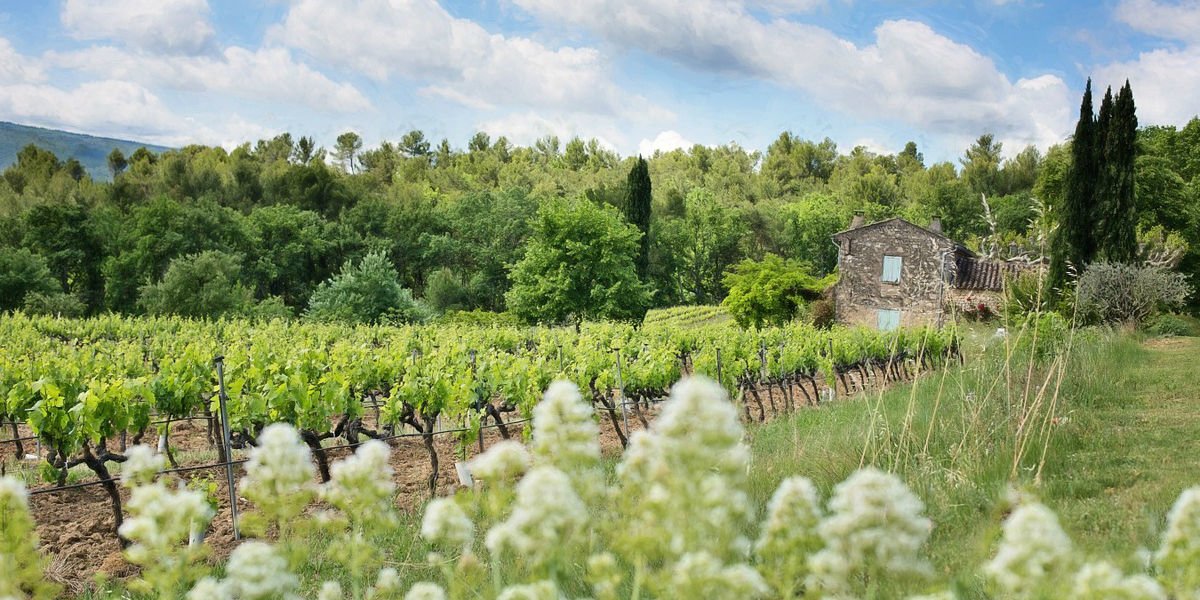

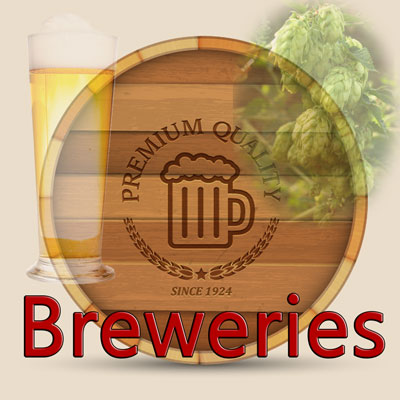

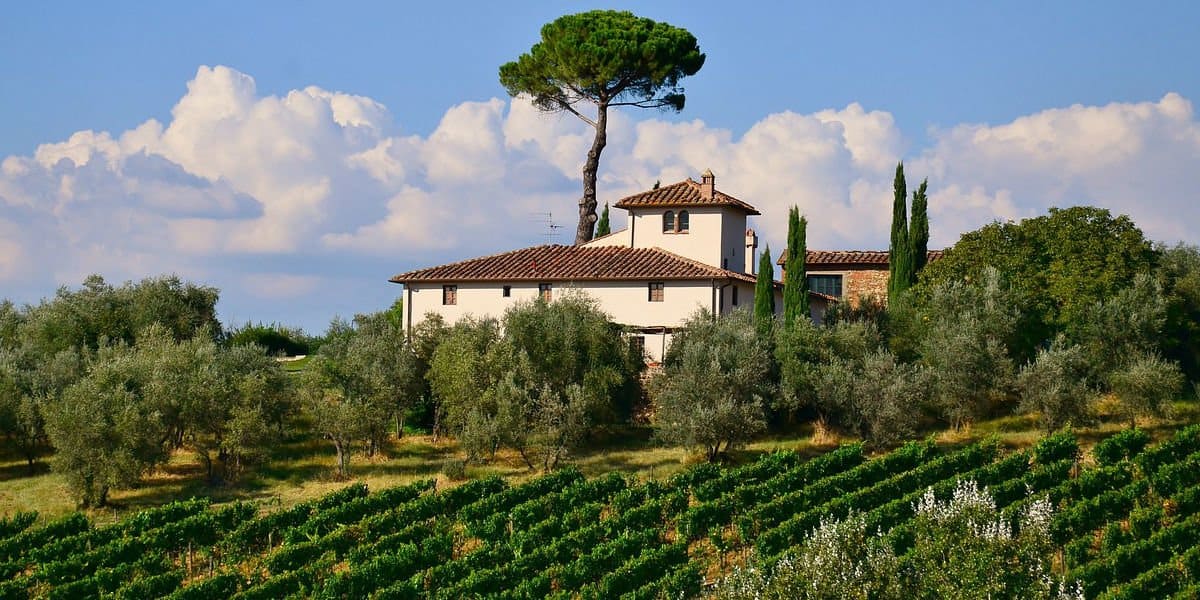

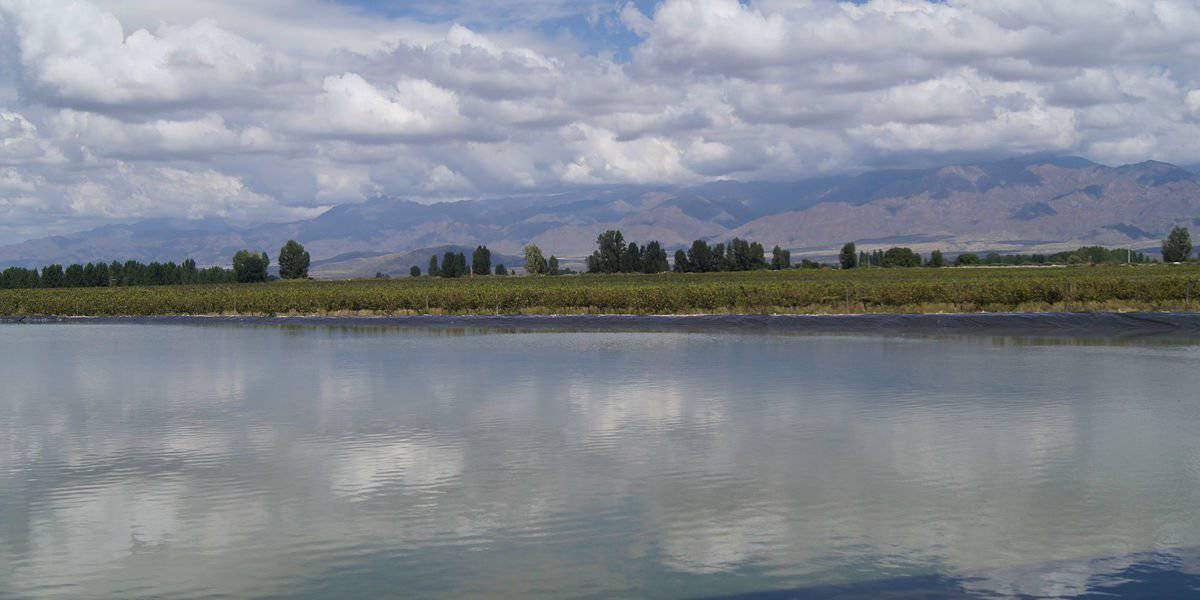
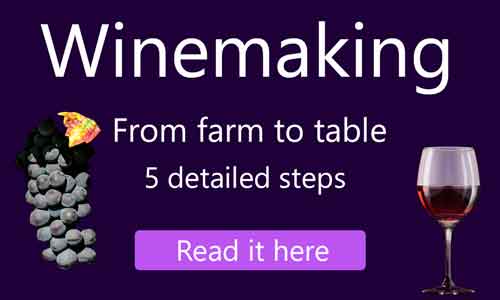


0 Comments